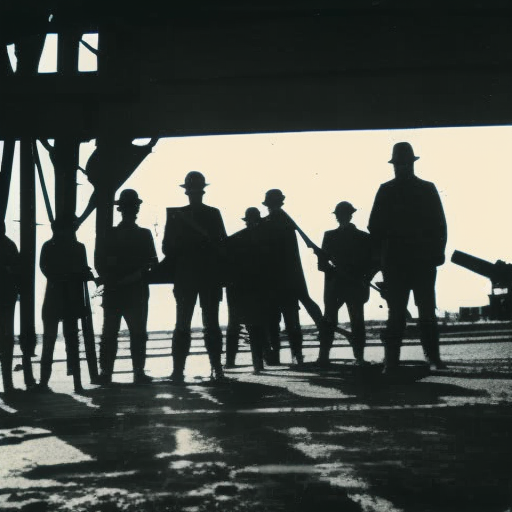Summary:
The Steel Strike of 1919 was a major labor conflict in the United States that involved over 350,000 steelworkers and lasted for several months. It was one of the largest strikes in American history and had a significant impact on the labor movement and industrial relations in the country.
Background:
After World War I, the steel industry experienced a boom in demand as the country transitioned from a wartime to a peacetime economy. However, steelworkers faced poor working conditions, long hours, low wages, and a lack of job security. Dissatisfaction among the workers grew, leading to the formation of unions such as the Amalgamated Association of Iron, Steel, and Tin Workers (AA) and the Industrial Workers of the World (IWW).
The Strike:
In September 1919, the AA called for a strike to demand higher wages, shorter working hours, and recognition of their union. The strike quickly spread across the steel industry, with workers from various companies joining the movement. Over 350,000 steelworkers participated in the strike, effectively shutting down the industry.
Violence and Repression:
The strike was met with strong opposition from both the steel companies and the government. The companies hired strikebreakers, also known as “scabs,” to replace the striking workers. Violence erupted at many picket lines, with clashes between strikers, strikebreakers, and law enforcement. In some cases, the National Guard was called in to suppress the strike.
Government Response:
The federal government, under President Woodrow Wilson, took a strong stance against the strike. The Department of Justice, led by Attorney General A. Mitchell Palmer, launched a series of raids on union headquarters and arrested hundreds of union leaders and members. The government accused the strikers of being radical and unpatriotic, linking them to communism and the Russian Revolution.
End of the Strike:
Despite the efforts to suppress the strike, the steelworkers remained resilient. However, the strike eventually began to lose momentum due to a lack of resources and the increasing pressure from the government and the companies. By January 1920, the strike had largely collapsed, and the steel companies were able to resume operations with a weakened labor movement.
Legacy:
The Steel Strike of 1919 had a lasting impact on the labor movement in the United States. Although the strike did not achieve its immediate goals, it brought attention to the poor working conditions and low wages in the steel industry. It also highlighted the power imbalance between workers and employers and the need for collective bargaining rights.
The strike led to increased support for labor unions and the growth of the American Federation of Labor (AFL). It also influenced the passage of labor legislation, such as the National Labor Relations Act of 1935, which protected workers’ rights to organize and bargain collectively.
Overall, the Steel Strike of 1919 was a significant event in American labor history. It demonstrated the challenges faced by workers in their struggle for better working conditions and fair treatment. The strike highlighted the importance of collective action and paved the way for future labor movements and reforms.












